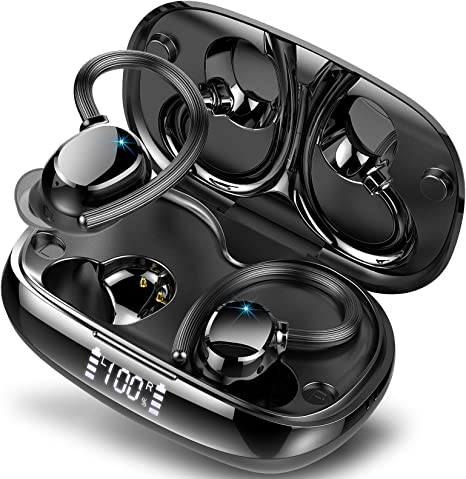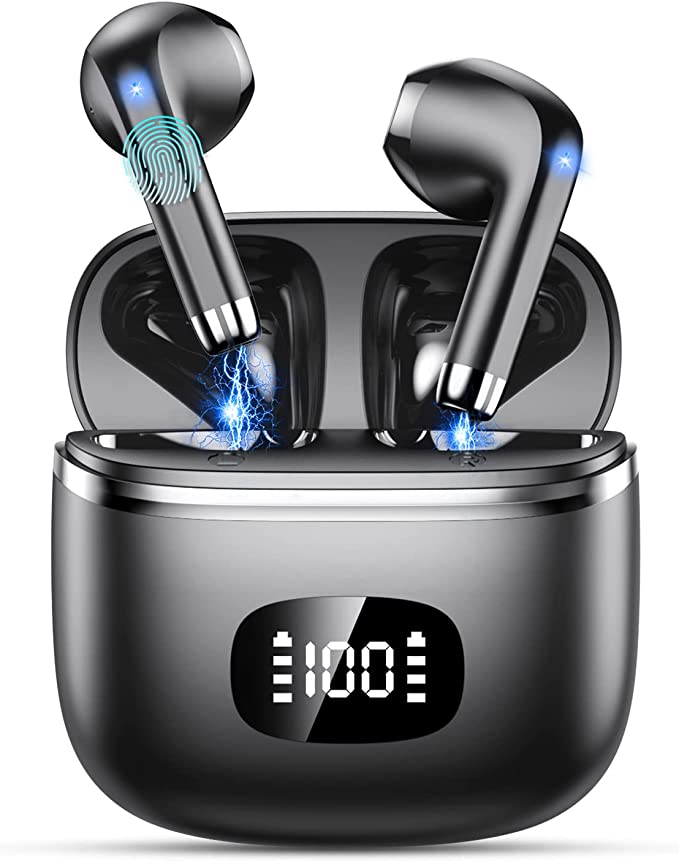American DJ Fog Fury Jett: Vertical Fog Machine with LED & Bluetooth Speaker Bundle
Update on March 9, 2025, 5:27 a.m.
A World of Atmosphere: Setting the Stage
Imagine a concert stage, bathed in darkness. Suddenly, a burst of vibrant light pierces the void, illuminating a column of swirling white fog that shoots towards the ceiling. The crowd roars, energized by the visual spectacle. Or picture a haunted house, where tendrils of eerie fog creep along the floor, obscuring hidden dangers and amplifying the sense of dread. These captivating moments are made possible by the magic of atmospheric effects, and in particular, the dramatic impact of vertical fog.

From Smoke to Spectacle: A Brief History of Atmospheric Effects
The desire to create atmospheric effects on stage is nothing new. For centuries, theatrical productions have used various techniques to mimic fog, smoke, and other natural phenomena. Early methods were often crude and even dangerous, involving burning materials like incense, oils, or even sulfur. Thankfully, technology has come a long way. The modern fog machine, developed in the mid-20th century, provided a safer and more controllable way to create these essential effects. Initially, most fog machines projected fog horizontally. But as technology advanced, vertical fog machines emerged, offering a new level of visual dynamism.
The Science of Fog: How Machines Create Clouds
At its core, a fog machine is a relatively simple device that relies on fundamental principles of thermodynamics and fluid dynamics. The process begins with a specialized fog fluid, typically a mixture of water and glycol (a type of organic compound). This fluid is pumped into a heating chamber, where a powerful heating element rapidly raises its temperature.
As the fluid heats up, it undergoes a phase transition, changing from a liquid to a vapor. This hot vapor is then forced out of a nozzle under pressure. When the hot vapor comes into contact with the cooler ambient air, it rapidly condenses, forming tiny liquid droplets suspended in the air. These droplets are what we perceive as fog. The size and density of these droplets determine the fog’s appearance and behavior.
Upward Bound: The Advantages of Vertical Fog
Traditional fog machines project fog horizontally, which tends to spread out slowly and can linger close to the ground. Vertical fog machines, as the name suggests, project fog upwards in a powerful column. This creates a much more dramatic and immediate visual effect.
The upward projection has several advantages. First, it allows the fog to disperse more quickly and evenly throughout the space, especially in taller venues. Second, the vertical column of fog creates a visually striking effect, particularly when combined with lighting. It’s like a geyser of cloud, instantly adding depth and dimension to the environment.
Painting with Light: The Role of LEDs in Fog Effects
Fog itself is typically white or grayish. But the addition of colored lights can transform it into a vibrant, dynamic element. This is where LEDs (Light Emitting Diodes) come into play. Modern fog machines, like the American DJ Fog Fury Jett, often incorporate LEDs directly into the unit, surrounding the fog nozzle.
The Fog Fury Jett utilizes RGBA LEDs, which stands for Red, Green, Blue, and Amber. By combining these four colors at different intensities, the machine can create a vast spectrum of hues. This is the principle of additive color mixing. For example, combining red and green light produces yellow; red and blue create magenta; and blue and green create cyan. Adding amber provides additional warmth and richness to the color palette.
The fog particles themselves play a crucial role in making the light visible. Light, traveling in straight lines, would normally be invisible unless it directly entered our eyes. However, the fog droplets scatter the light in all directions. This scattering effect makes the light beams visible, creating the stunning visual effects we associate with fog machines and stage lighting.

Taking Control: Understanding DMX
For simple on/off operation, a fog machine can be controlled with a basic remote. However, for more sophisticated control and synchronization with other lighting effects, DMX512 (often shortened to DMX) is the industry standard.
DMX is a digital communication protocol used to control stage lighting and effects. Think of it as a language that allows different devices (fog machines, moving lights, strobes, etc.) to “talk” to each other and to a central controller.
A DMX signal is transmitted over a cable, carrying data that specifies the settings for each device. Each device is assigned a unique DMX address, and it listens for instructions sent to that address. For example, a fog machine might have separate DMX channels for fog output, LED color, and strobe effects.
Beyond On/Off: The Power of Precise Control
The advantage of DMX is that it allows for precise and coordinated control over multiple devices. Instead of simply turning the fog on or off, you can control the intensity of the fog output, the color of the LEDs, and even create dynamic effects like pulsing or fading.
With a DMX controller, you can create pre-programmed “scenes” that combine different lighting and fog effects. These scenes can then be triggered manually or automatically, synchronized to music or other cues. This level of control allows lighting designers to create truly immersive and dynamic environments.
Inside the Fog Fury Jett(optional):
The American DJ Fog Fury Jett represents a significant advancement in fog machine technology. One of its key features is its Electronic Thermo Sensing (ETS) technology. ETS constantly monitors the temperature of the heating element, ensuring that it remains within the optimal range for consistent fog production. This prevents overheating and helps maintain a steady output of fog, even during prolonged use.
Another notable feature is the special heating element design that uses an oil-type transmission pipeline system. This design minimizes the possibility of clogging, a common problem with fog machines. Clogging can occur when residue from the fog fluid builds up inside the heating element, restricting the flow of fluid and reducing fog output. The oil-type transmission system helps keep the pipeline clean and clear, ensuring reliable performance.
Fog and Sound: A Perfect Pairing
Creating a truly immersive atmosphere involves more than just visuals. Sound plays a crucial role in setting the mood and enhancing the overall experience. This why the additional bluetooth speaker, such as the RockShip, make it perfect to be used together. The compact size and power make it perfect to be used along with the fog machine.

Safe Fog Practices: Essential Guidelines
While fog machines are generally safe when used correctly, it’s essential to follow some basic safety precautions:
- Ventilation: Always use fog machines in well-ventilated areas. While fog fluid is generally non-toxic, prolonged exposure to dense fog in a confined space can cause respiratory irritation.
- Fluid Type: Use only high-quality, water-based fog fluid recommended by the manufacturer. Never use homemade fog fluid or fluids designed for other purposes.
- Placement: Place the fog machine on a stable surface, away from flammable materials.
- Heat: The nozzle of the fog machine can get very hot. Avoid touching it during operation.
- Supervision: Never leave a fog machine unattended while it’s in operation.
Keeping It Clean: Fog Machine Maintenance
Regular maintenance is essential to keep your fog machine in good working order and prolong its lifespan. Here are some basic maintenance tips:
- Cleaning: After each use, run a cleaning solution (specifically designed for fog machines) through the machine to remove any residue buildup.
- Fluid Changes: Replace the fog fluid regularly, even if it hasn’t been used up. Old fluid can degrade and clog the machine.
- Storage: Store the fog machine in a clean, dry place when not in use.
- Troubleshooting: If you encounter any problems, consult the manufacturer’s manual or contact a qualified technician. Common issues include reduced fog output (often due to clogging), no fog output (could be a pump or heating element problem), and unusual noises.
Fog in Action: Applications and Examples
Fog machines are incredibly versatile and are used in a wide range of settings:
- Concerts and Live Music: Fog enhances the visibility of lighting effects, creating a dynamic and exciting atmosphere.
- Theatrical Productions: Fog can create a sense of mystery, drama, or realism, simulating natural fog, smoke, or other atmospheric conditions.
- Nightclubs and Dance Parties: Fog adds to the energy of the environment, making light beams visible and creating a sense of immersion.
- Haunted Houses and Theme Parks: Fog is essential for creating a spooky and suspenseful atmosphere.
- Film and Television Production: Fog is used to create a variety of atmospheric effects, from subtle mist to dense smoke.
- Special Events: Weddings, corporate events, and private parties can all benefit from the added atmosphere that fog provides. Imagine a first dance with a low-lying fog effect, creating a romantic and ethereal feel.
- Home Use: From Halloween enthusiasts who craft detailed spooky scene, to party thrower who want to make unforgetable experience.
The Future of Fog: Emerging Trends
The technology behind atmospheric effects continues to evolve. Here are some emerging trends to watch for:
- More Precise Control: Future fog machines may offer even greater control over fog density, dispersion, and movement. Imagine being able to “sculpt” the fog in real-time, creating dynamic shapes and patterns.
- Integration with Other Technologies: We’re likely to see closer integration between fog machines and other stage effects technologies, such as lasers, moving lights, and video projection. This could lead to even more immersive and synchronized experiences.
- AI-Powered Effects: Artificial intelligence could play a role in creating fog effects that respond dynamically to music, movement, or other inputs. Imagine fog that pulses and swirls in perfect sync with the beat of a song.
- Eco-Friendly Fluids: There’s a growing demand for more environmentally friendly fog fluids. Researchers are working to develop fluids that are biodegradable, non-toxic, and have a lower carbon footprint.
- Miniaturization: Smaller, more portable fog machines are becoming increasingly popular, making it easier to create atmospheric effects in a wider range of venues.
The American DJ Fog Fury Jett, with its vertical projection, integrated LEDs, and DMX control, represents a significant step forward in fog machine technology. It combines power, versatility, and ease of use, making it a valuable tool for anyone looking to create stunning atmospheric effects. Whether you’re a professional lighting designer, a DJ, a theater technician, or simply someone who wants to add a touch of magic to their next event, understanding the science and art of fog can open up a world of creative possibilities. By combining the principles of thermodynamics, fluid dynamics, and optics, with the power of modern technology, we can transform ordinary spaces into extraordinary experiences.












